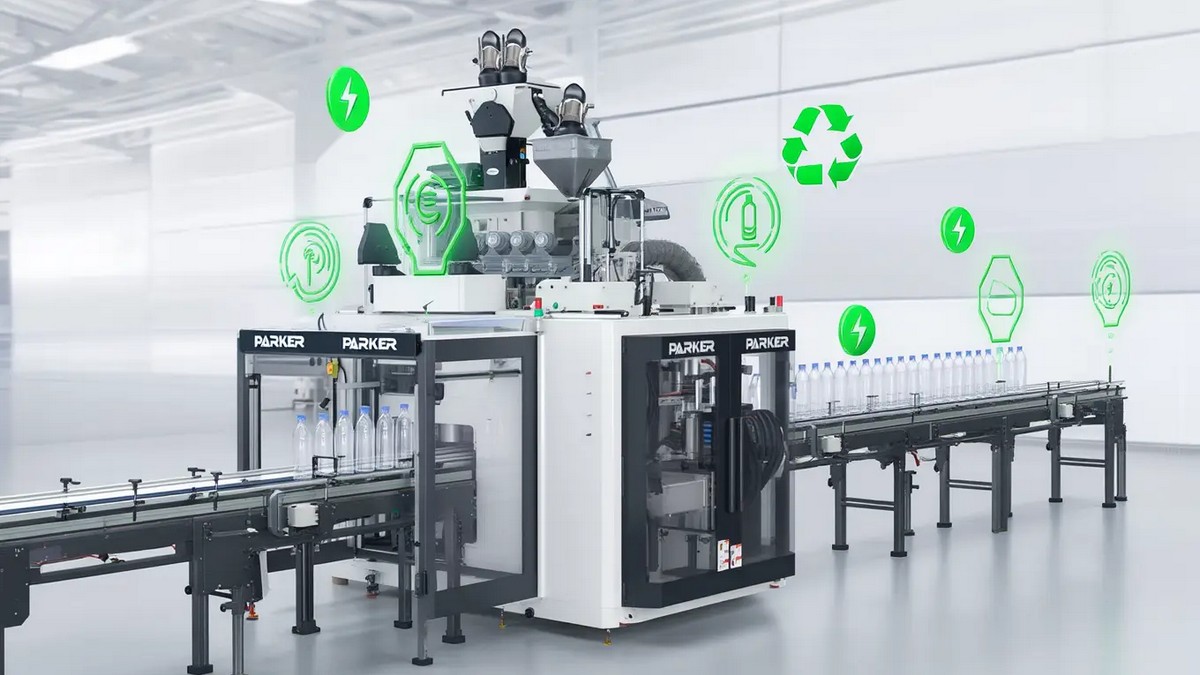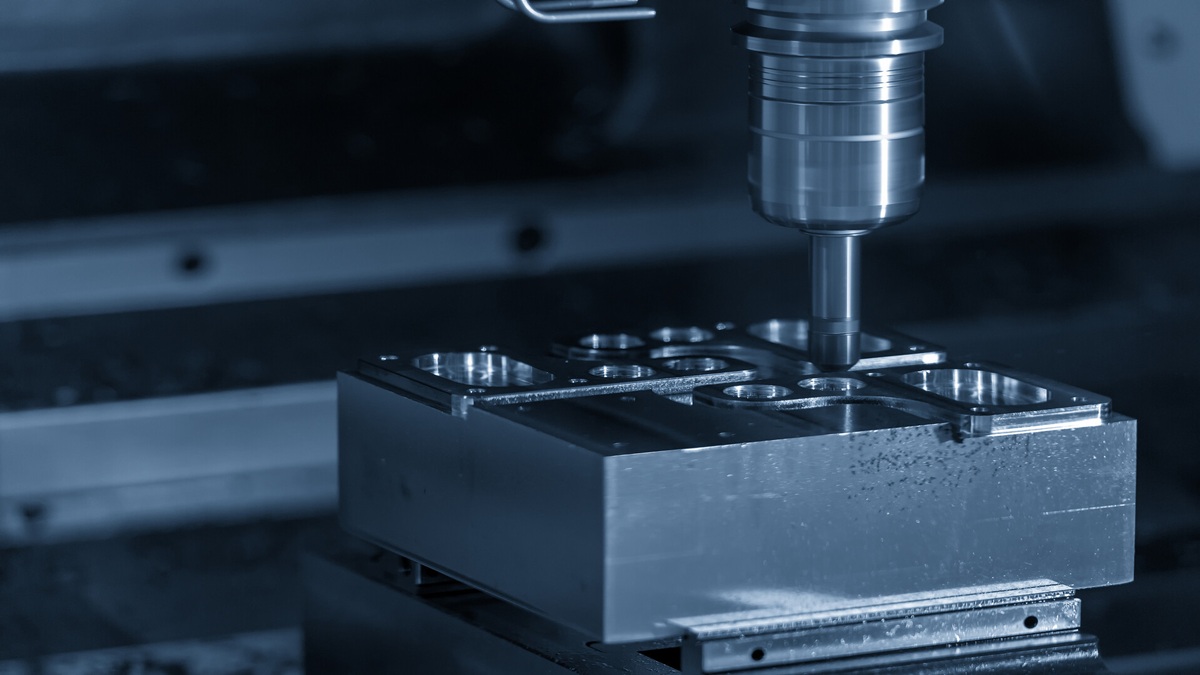Supply chain carbon emissions are 11.4 times greater than operational carbon emissions. Therefore, if companies are to move towards net zero, the effectiveness of supply chain carbon reduction will be an important key. However, supply carbon reduction faces two major problems: inconsistent calculation methods and low data transparency.
Supply chain carbon emissions are 11.4 times greater than operational carbon emissions. Therefore, if companies are to move towards net zero, the effectiveness of supply chain carbon reduction will be an important key. However, there are two major challenges in supply decarbonization, inconsistent calculation methods, and low data transparency. Why is carbon emission calculation easy to get stuck? How to solve it?
Who Can Say About Carbon Data?
At present, companies are doing carbon management, whether it is to follow ISO 14064 for the calculation of organizational carbon emissions, or to evaluate the carbon footprint of products, they all need to face the situation of asking for carbon emissions data from the upstream supply chain. For example, if the most downstream notebook computer brands want to calculate the carbon footprint of notebook computers, they need to ask dozens or hundreds of upstream suppliers of plastics, batteries, panels and other upstream suppliers for carbon emission data of the raw material manufacturing process, and These data are passed down layer by layer.
When upstream and downstream carbon data are difficult to obtain, many companies simply do not calculate the carbon footprint of their products, or only disclose a few available data. In addition, the correctness of the data provided by the supplier is also a big question, for example: whether the data has been verified by a third party.
Three Problems in Carbon Emissions Calculation
The current difficulties faced by supply chain carbon emissions calculation can be summarized into the following three reasons:
The Credibility of Carbon Data Is Doubtful:
Inconsistent calculation methods and inconsistency in database sources result in a reduction in the credibility of carbon data. In terms of calculation methods, when companies disclose upstream supply chain data, they may follow physical basis (calculated based on the carbon emission coefficient of the unit weight of raw materials), economic basis (calculated based on the carbon emission coefficient of the unit price of raw materials), and mixed methods. (Supplier data is matched with database data), or suppliers directly provide accurate carbon emission information for calculation. Different calculation methods may cause differences in calculation results, and it is difficult to ensure the consistency of results.
Inconsistent database sources, resulting in different emission coefficients, will also lead to different results. At present, there are quite a few databases to choose from in terms of international and domestic emission coefficients (such as: Environmental Protection Agency carbon footprint database, ITRI DoITPro database, Swiss Ecoinvent database, etc.), and different companies may use their own inventory experience. Or the data calculation logic is different, and the respective databases are used as the calculation basis, which eventually leads to inconsistent calculation results.
Difficult To Strike a Balance Between Commercial Confidentiality and Transparent Disclosure of Carbon Data:
The acquisition of carbon data needs to face the protectionism of various enterprises, and the acquisition of carbon emission data in the supply chain is even a gray area. How to improve the transparency of data sharing and solve the dilemma of commercial confidentiality risks is a common problem for enterprises.
Suppliers and brands may even stand on opposite sides. For suppliers, when brands require detailed carbon information, they may be less willing to provide them. But for downstream brands, the more detailed the information provided to me by the upstream, the more it can help me improve the transparency and accuracy of the information, and it can help me set the overall carbon emission management goals for the company in the future. Therefore, the balance in the middle depends on a requirement of consistency. In addition, brand owners and suppliers are concerned about the confidentiality of data. The two parties share process-related information, and how to ensure that confidentiality is not leaked is also a big problem.
The Systems are Incompatible and the Cost of Data Exchange is High:
Supply chains often span multiple stakeholders from different industries and regions, so there is a high cost of exchanging information. How to improve the interoperability of the data exchange process, including system docking and format structure compatibility, is very important.
For example, today the supplier provides raw materials to brand A and brand B at the same time, but the information format and quality required by the two companies are very different, which may cause trouble for the supplier. Therefore, in terms of the same industry chain, if the upstream, middle and downstream can reach a consensus on the data sharing structure, it should be able to shorten the data sharing communication time and speed up the efficiency of information provision.
Jointly Expose Primary Carbon Data from Upstream to Downstream, and Master the Carbon Footprint of Final Products
Based on carbon data sharing, data exchange should cover five aspects: general information, boundary description, data collection, quality and exchange, distribution principles, and presentation of carbon footprint results.
Each aspect has its own elements that should be disclosed. For example, in data collection, quality and exchange, enterprises should explain the use ratio of primary data, primary and secondary data sources, time range for primary and secondary data collection, and time representative of data collection.
In addition, compared with general brand owners who only ask them to provide carbon footprint calculation methods and results when they ask for the upstream supply chain, this standard encourages companies to use primary data, so it puts more emphasis on disclosing the primary data sharing ratio (Primary Data Share, PDS) to make carbon footprint calculation more accurate.
Under the global climate of carbon reduction, large upstream supply chain manufacturers have begun to require downstream supply chains to provide carbon inventory data. However, the lack of traces is a source of carbon anxiety for small and medium-sized enterprises. The supply chain is involved in the whole body, and the carbon data of each supplier will affect the setting of carbon reduction goals and results verification of the overall supply chain in the future.









.jpg)
.jpg)
.jpg)


.jpg)